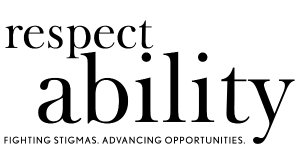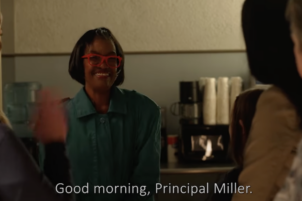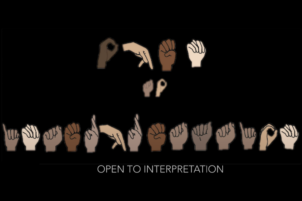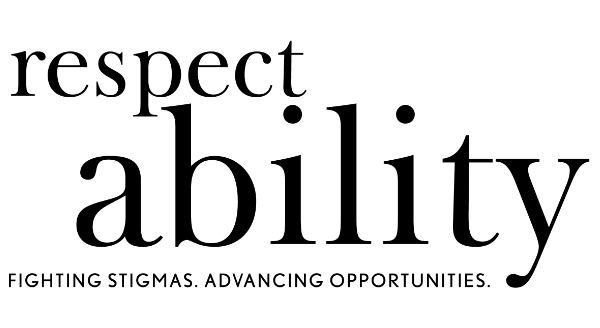Washington, D.C., Feb. 16 – Commercials play a major role in how people with disabilities are portrayed in the mass media. Including disabled people in commercials can remove the stigma and stereotypes that surround people with disabilities. While 26% of adults in the U.S. have a disability, advertising featuring people with disabilities lags is practically absent. As a Nielsen study reflects, “with a $21 billion market potential, advertisers cannot afford to miss the opportunity to engage with the disabled community and their allies.” The Super Bowl commercials, among the most watched of any commercials in the country, provide a platform to examine the representation of disabled people.
A recent Nielsen study examined nearly 450,000 primetime ads on broadcast and cable TV in February 2021. Of those ads, 6,000 (just 1%) included representation of disability-related themes, visuals, or topics. The Nielsen analysis also found that just 3% of ad spend in primetime went to ads featuring disabled people or were inclusive of disability themes in the creative. And this year’s Super Bowl commercials appeared to follow this trend.
“Including an individual with a visible disability in a commercial does not happen by accident,” said Lauren Appelbaum, RespectAbility’s VP of Communications and Entertainment & News Media. “Inclusion of disabled people must be an intentional effort. What we see on screen influences how we act in real life. Thus, when companies make the decision to include individuals with visible disabilities, they are helping to remove the stigmas that currently exist about interacting with us.”
The following is an overview of the Super Bowl ads and their inclusion of people with disabilities:
A Google Pixel commercial features Angel Giuffria, who was born missing her left arm below the elbow. Showcasing the Google product Pixel 6’s ability to accurately photograph people of color, this advertisement also includes Giuffria with her bionic arm, showing the product’s ability to accurately capture an assistive device as well. This is the second time Giuffria appeared in a Super Bowl commercial.
The Google Pixel ad is an example the importance of casual inclusion. By including Giuffria, a visibly disabled woman in the montage, this commercial helps normalize disability. Google included Giuffria in an empowering way.
On the other hand, Toyota’s commercial, which focuses on Winter Paralympians, Brian McKeever, who has a genetic condition that causes blindness, and his brother Robert McKeever, as Brian’s sight guide, falls into the trap of inspiration porn. Inspiration porn assumes that anyone with a disability must have it so much worse and uses people with disabilities to make nondisabled people feel good about themselves or to make them do something, like exercise.
However, it is important to note that Brian McKeever was involved in the development of the advertisement, which is best practice, to include the disabled person in the storytelling of a real-life experience. In an interview leading up to the airing of this advertisement, Brian McKeever talked about the importance of having good role models, especially when acquiring a disability.
“Learning to live with a disability and getting beyond it…in the end, it wasn’t the hardest thing in my life to transcend. I think that’s because I had good role models and because I was part of the Paralympic Movement,” said Brian. “It’s a wonderful opportunity to showcase Paralympic sport to the world, to a broader audience that maybe hasn’t ever seen it before, or they don’t know the story. I think any exposure we can get for the Paralympic Movement is welcome and it doesn’t get any bigger than this.”
In addition to ads focused on showing disability, several commercials that had nothing to do with disability included people with nonvisible disabilities, helping to remove the stigma of having a disability:
- Booking.com – Idris Calls his Legendary Spokes-Blokes for Advice Even though this commercial does not mention his disability, it features Idris Elba who has asthma.
- The First-Ever All-Electric Chevy Silverado – New Generation (The Sopranos) | Chevrolet While this ad was not about disability, it featured Jamie-Lynn Sigler, who has multiple sclerosis. Diagnosed at 20 years old, Sigler hid this from the public for 15 years before becoming public in 2016. “I really feel I’m connecting more because I’m being my true self,” she said in 2016. “I’m still figuring out my life with it, and happy to do it with others who are feeling the same.”
- Planet Fitness – What’s Gotten into Lindsay? This commercial features Lindsay Lohan, who has substance abuse, which is classified as a nonvisible disability, if it substantially limits a major life activity.
“Ads that include people with disabilities – without the focus being on the disability – help normalize disability,” said Appelbaum. “Another way to do this is to ensure that crowd shots should include individuals with visible disabilities, in a similar proportion to what we see in our everyday lives today.”
Even though the commercials mentioned above either featured disability or included a disabled actor, overall, there was a lack of representation of people with disabilities among the 2022 Super Bowl commercials.
“Advertisements present a huge opportunity to tell diverse, complex stories of the disability experience,” added Appelbaum. “When big brands forget people with disabilities, they are forgetting the one-in-five people who live with a disability.”







